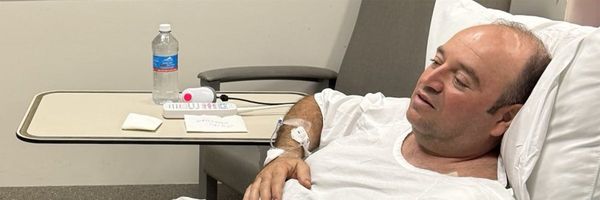
From the depths of the reedbed comes a sound like a whinnying horse. This is no aquatic equestrian, however, but our smallest waterbird: the aptly named little grebe.
Their small size and habit of skulking around the edge of ponds and lakes means these birds are easy to miss. That’s especially true here on the Avalon Marshes, home to a host of large, showy waterbirds including a trio of egrets. Yet the little grebe is one of those common species that deserves a closer look.
Grebes are the most aquatic of all the world’s birds, hardly ever coming to land, even to breed: they build a floating nest tethered to nearby vegetation. Like other members of their family, little grebes spend much of the time diving for food, bobbing up and down like a cork. This habit gave rise to the folk-name “dabchick”, with “dab”’meaning to dip or peck. Their scientific name, Tachybaptus, translates as “to sink under quickly”.
Now that summer is almost over, little grebes are moulting into their drab non-breeding plumage. But in a few months, at the start of spring, they will transform into their splendid breeding garb: with a chestnut neck and throat, offset by a smear of luminous green behind the bill, as though a playful artist has run amok with a highlighter pen.







